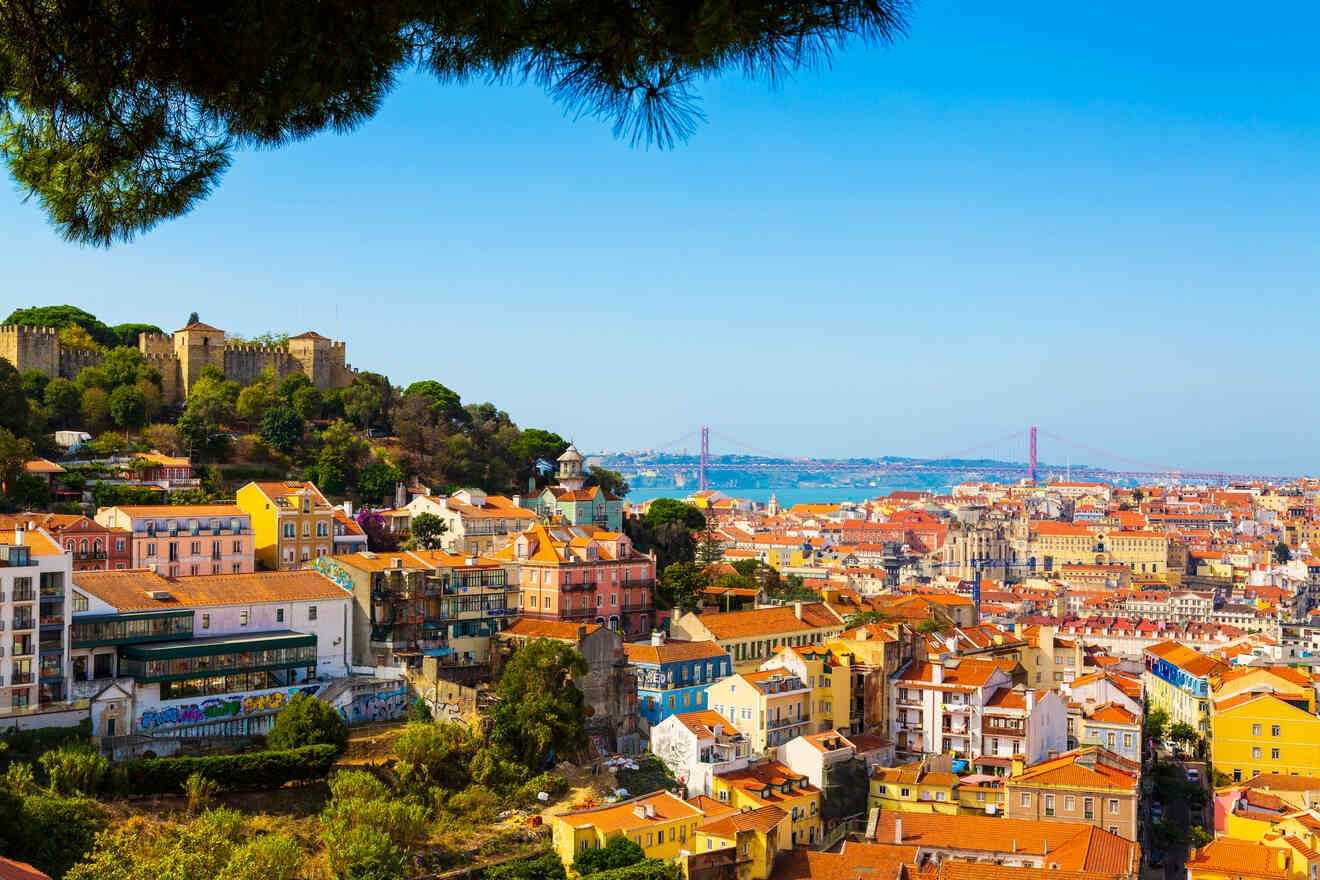Lisbon’s Top Attractions for Architecture Lovers
Lisbon, the capital of Portugal, is a city that beautifully blends traditional charm with modern flair. For architecture enthusiasts, it offers a rich tapestry of styles, from Gothic and Baroque to contemporary designs. Whether you’re wandering through its narrow cobblestone streets or exploring its grand plazas, Lisbon’s architectural wonders are sure to captivate your imagination. This guide highlights some of the must-see architectural attractions in Lisbon for those who appreciate the art of building design.
Belém Tower and Jerónimos Monastery
One of the most iconic architectural sites in Lisbon is the Belém Tower. This UNESCO World Heritage site is a stunning example of Manueline architecture, a style unique to Portugal that combines Gothic, Moorish, and Renaissance elements. Built in the early 16th century, the tower was originally a fortress to protect the city and is now a symbol of Portugal’s Age of Discoveries. Its intricate stonework and maritime motifs make it a must-visit for architecture lovers.
Just a short walk from the Belém Tower is the Jerónimos Monastery, another masterpiece of Manueline architecture. This grand monastery was commissioned by King Manuel I to commemorate Vasco da Gama’s successful voyage to India. The monastery’s ornate façade, with its detailed carvings and maritime symbols, is a testament to the wealth and power of Portugal during the Age of Exploration. Inside, the cloisters are equally impressive, offering a serene space filled with intricate stonework and beautiful arches.
The Alfama District and São Jorge Castle
For a taste of Lisbon’s medieval architecture, head to the Alfama district. This historic neighborhood is one of the oldest in Lisbon and is characterized by its narrow, winding streets and traditional whitewashed houses. As you wander through Alfama, you’ll discover a mix of architectural styles, from Moorish influences to Romanesque and Gothic elements. The district is also home to several beautiful churches, including the Lisbon Cathedral, which dates back to the 12th century.
Perched atop one of Lisbon’s seven hills, São Jorge Castle offers breathtaking views of the city and the Tagus River. This ancient fortress has a history that dates back to the 11th century and has been a key defensive structure throughout Lisbon’s history. The castle’s walls and towers provide a glimpse into the city’s past, and its strategic location offers a unique perspective on Lisbon’s urban landscape. Exploring the castle grounds is a journey through time, with plenty of opportunities to admire the city’s architectural evolution.
Modern Architecture in Parque das Nações
While Lisbon is steeped in history, it also embraces modernity, as seen in the Parque das Nações district. This area was redeveloped for the 1998 World Expo and showcases some of the city’s most innovative contemporary architecture. The Vasco da Gama Bridge, one of the longest bridges in Europe, is a striking example of modern engineering and design. Its sleek lines and impressive span make it a landmark in its own right.
Another architectural highlight in Parque das Nações is the Oceanário de Lisboa, one of the largest aquariums in the world. Designed by American architect Peter Chermayeff, the building’s design is inspired by the ocean, with a central tank that gives the illusion of being surrounded by water. The nearby Pavilion of Knowledge, a science museum, is another example of modern architecture, with its bold geometric shapes and interactive exhibits.
Lisbon is a city where history and modernity coexist harmoniously, offering architecture lovers a diverse range of styles to explore. From the grandeur of Manueline structures to the charm of medieval neighborhoods and the innovation of contemporary designs, Lisbon’s architectural attractions are as varied as they are captivating. Whether you’re a seasoned architect or simply someone who appreciates beautiful buildings, Lisbon is sure to leave a lasting impression.
